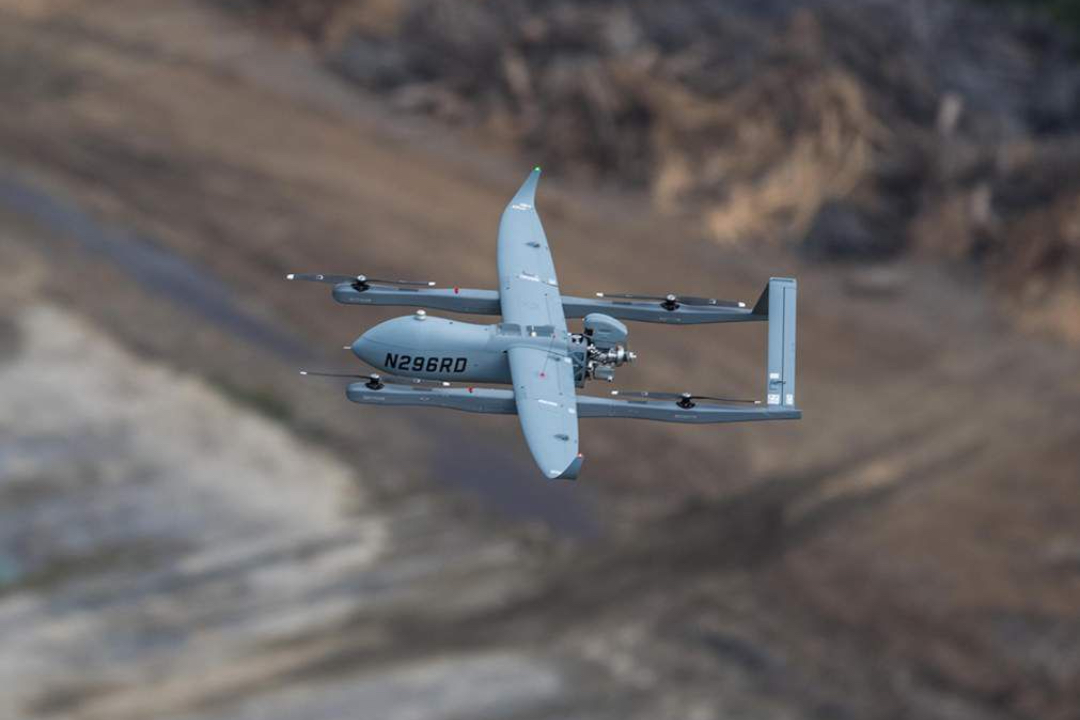The US Army has selected five potential candidates to replace its RQ-7B Shadow under its Future Tactical Unmanned Aircraft System (FTUAS) Increment 2 program.
Textron’s Shadow, a trailer-launched conventional landed air platform, was introduced in 2002 and saw service in Afghanistan and use by the US Marines and six other armies including Australia FTUAS is intended to provide brigade combat teams with reconnaissance and surveillance in a platform that will be run-way independent with point take-off and landing. Increment 2 rapid prototyping contacts were announced for AeroVironment, Griffon Aerospace, Northrop Grumman, Sierra Nevada Corporation and Textron. FTUAS has been structured into five development phases with base and four-option periods covering 2023 to 2025.
The candidates selected offer vertical take-off and landing (VTOL) capability in addition to reduced footprint and supporting logistics. Northrop-Grumman teamed with Shield AI offering the V-BAT. Developed by Martin UAS, which was recently acquired by Shield AI, V-BAT uses a unique ducted-fan design offering a near-zero footprint and two-person recovery. A spokesperson shared “Compact, lightweight and simple to operate, it is easily transportable and can be set up, launched and recovered in tight confined environments. It is designed with sufficient payload capacity to carry a range of interchangeable payloads”
Textron is offering its Aerosonde HQ which draws from the proven Aerosonde fixed-wing platform adding hybrid Quad-rotor technology to achieve vertical take-off and landing while retaining conventional flight capability.

The Jump-20, originally developed by Arcturus-UAS, is proposed by AeroVironment. Jump-20 uses a fixed-wing design, augmented by vertical take-off-and landing propellers. The system delivers 14+ hours of endurance and an operational range of 185 km (115 mi). The Army purchased a Jump-20 with six aircraft in FTUAS Increment 1.
Griffon Aerospace is proposing its-eVTOL an adaption with fixed wing and Vee tail using tilt- rotors. Larry French, CTO, shared ”the approach looks to offer VTOL with long endurance using long skinny wings and low drag.”
Sierra Nevada is offering a design based on the Volansi Voly-50 which it acquired the assets and intellectual property rights for. Featuring a fixed wing with redundant lift rotors it has a 400+ mile range and can cruise at up to 80 kts for up to 11 hours in a single mission set.
The US Army FTUAS program will progress in steps leading to the acquisition of a system with four-aerial vehicles from each competitor selected to undergo field testing in 2024. Upon completion it is anticipated that a single system will be identified for full-scale production and service.
by Stephen W. Miller













